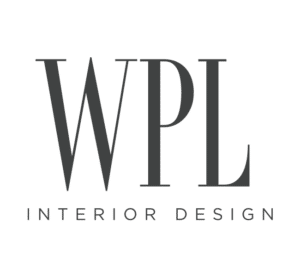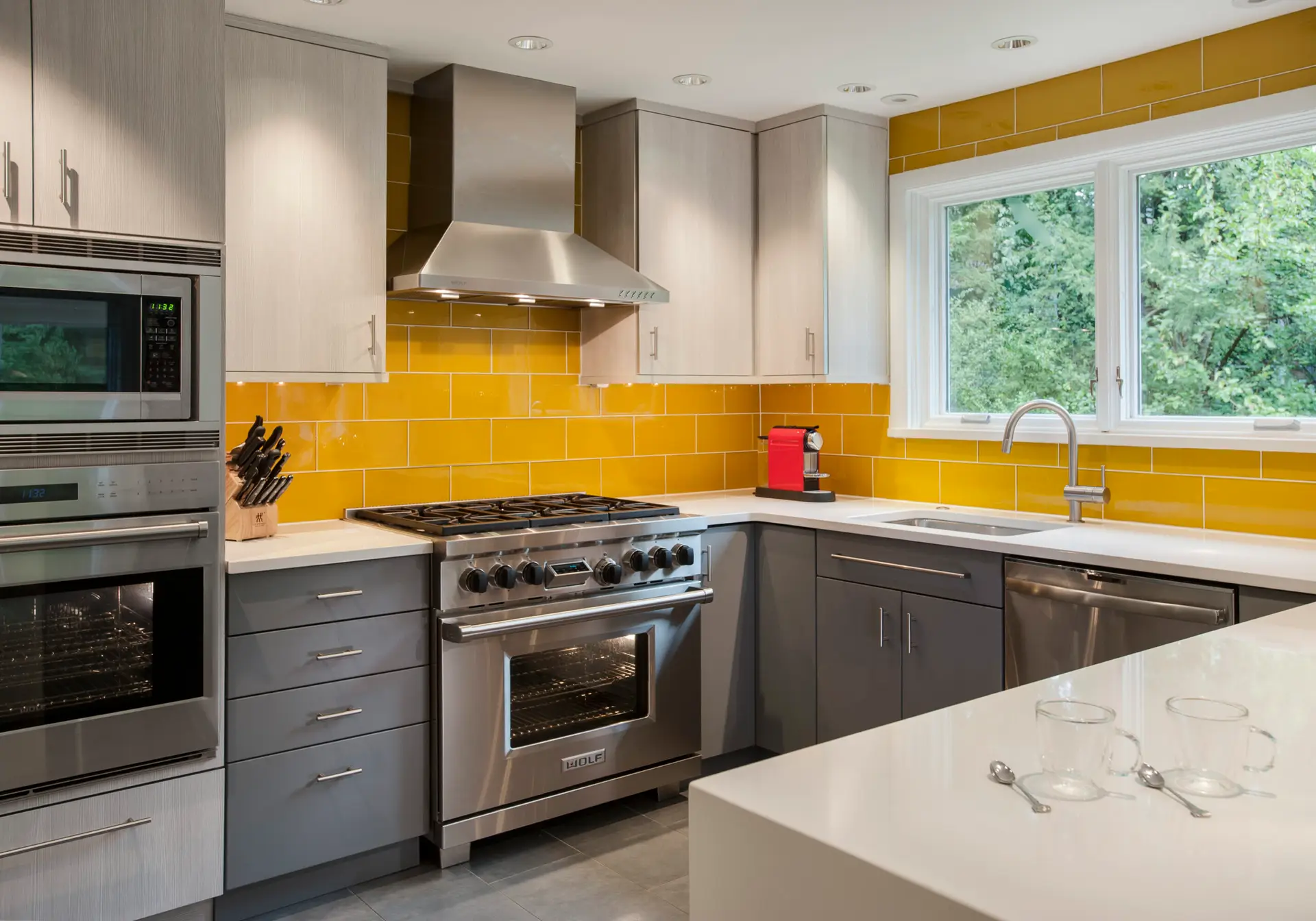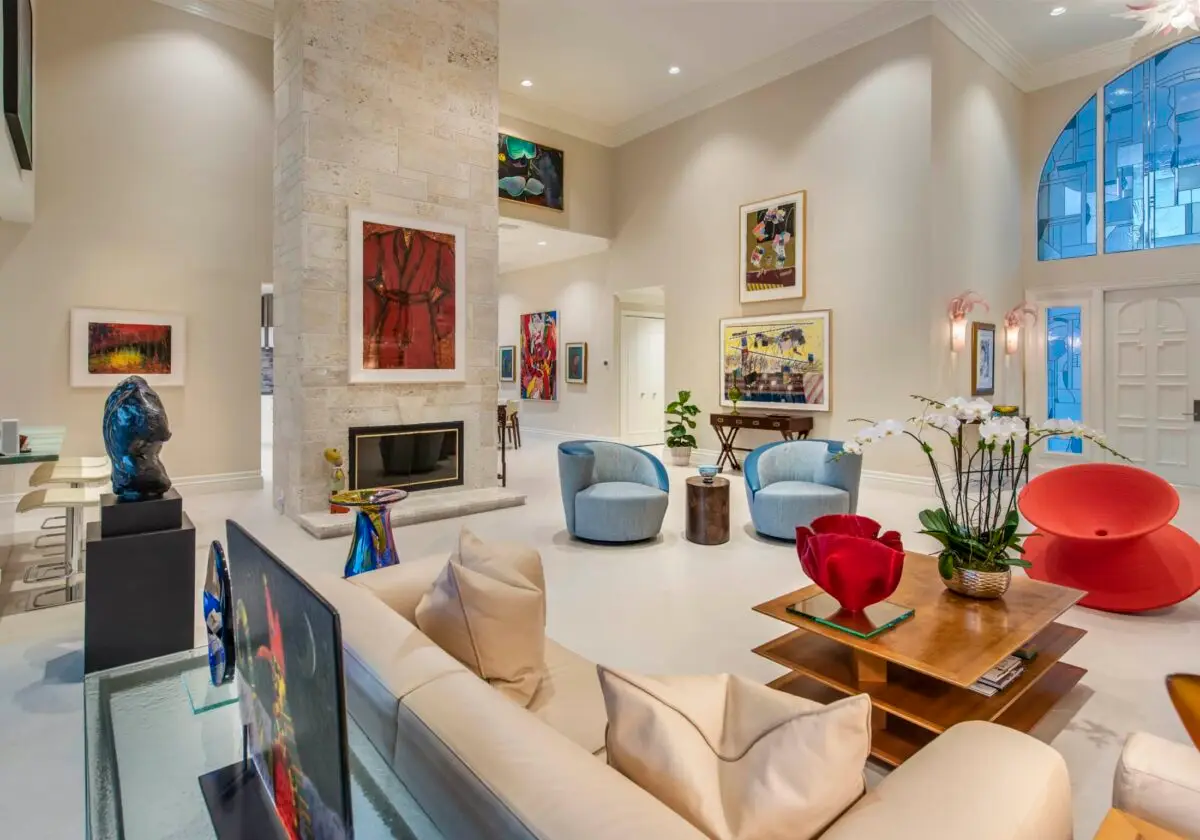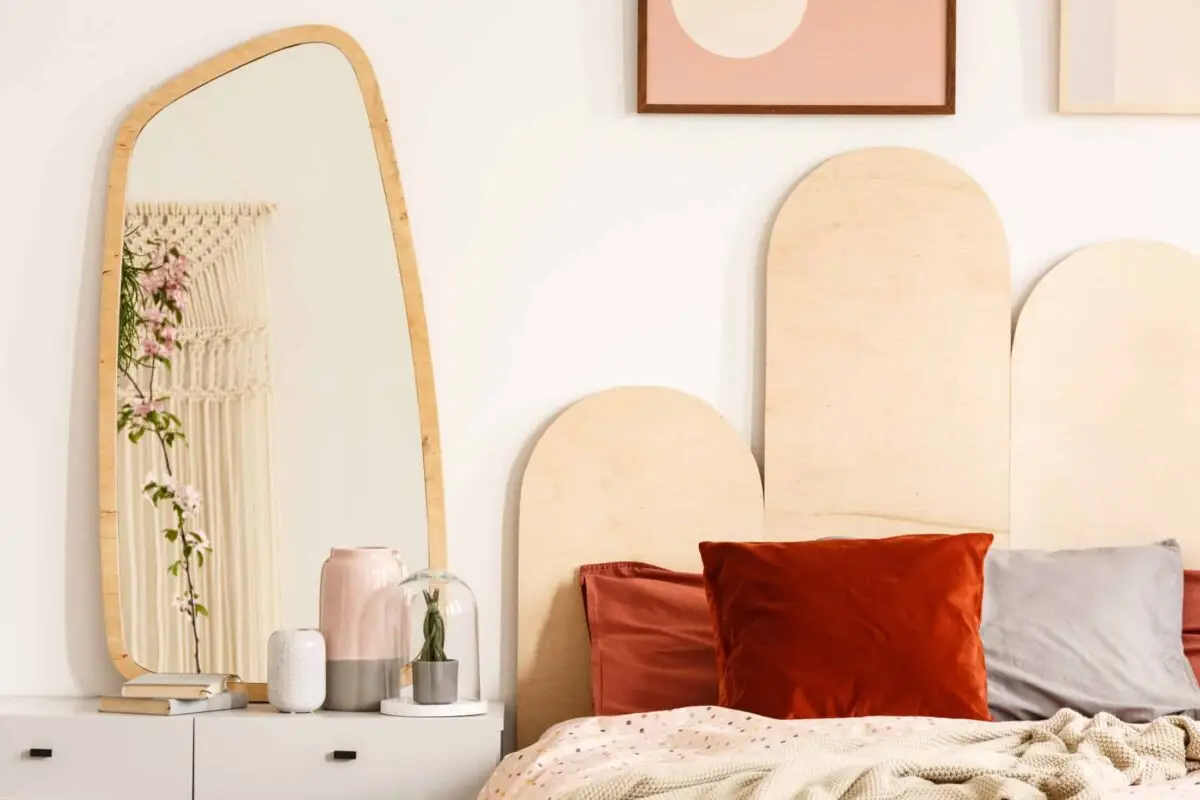One style today that is synonymous with old-world design is Gothic architecture. We can spot it in churches, castles, government buildings, and in residential architecture and interior design.
But there is more to Gothic than just tradition. Some of the core principles of the Gothic style still influence every type of architecture – even modern. Here are some examples of how Gothic styling is still used today.
What is Gothic Architecture?
Gothic style started in France in the 1150s and was a huge hit. Before it, buildings were dark, cold, and damp. The new style brought brighter, airier, more inviting buildings and a chance to decorate. The ornamentation was meant to instill a sense of awe, which is why it worked well in religious buildings.
The style spread quickly throughout Europe and remained the primary architectural theme in churches and castles for 300 years until the Renaissance came along. The Renaissance wasn’t kind to Gothic architecture, calling it Gothic to associate it with the ugly reputation attributed to the Goths who invaded the Roman Empire. But the style returned in the mid-1700s, this time as Gothic Revival, aka Neo-Gothic or Victorian Gothic.
Revisiting the style brought more Gothic traits into homes by expanding on stone and glass to include more rich wood and comfortable furniture. Today nearly all home designs have benefited from Gothic architecture, both in style and space considerations.
How Gothic Architecture is Used Today
Some new churches, government buildings, and residential homes still adopt it or its core principles. In fact, pretty much any design that is highly ornamental has roots in it.
Here are some of the traits of Gothic design used today.
Vertical Design
One common activity we do when admiring Gothic buildings is look up. Gothic architecture was designed to celebrate height, bringing the eye upward with tall, highly decorative ceilings and walls.
The focus on height is thanks to improved building techniques at the time. Builders used fewer floors and thinner towers with narrower floors so walls could support the weight. Builders also used flying buttresses to bring more stability. Providing support from the outside is still seen in modern styles, such as the Centre Pompidou Museum in Paris and the B&B Italia headquarters in Italy. But we can also go higher and cleaner thanks to materials other than Gothic’s heavy limestone. Today’s high skyscrapers offer even more amazement and grandeur, but the same traits work closer to home. Even residential homes use tall ceilings and high windows to exude the grandeur felt inside Gothic architecture.
Lighter and More Open Interiors
History’s shift from darker structures to more engaging, inviting, and airy designs made Gothic architecture a hit. Those positive traits are still used today. More glass in vertical designs and broader supports expands the benefits even further. The Crystal Cathedral is an excellent example of a blend of grandeur and light, and Norman Foster’s architecture is well known for its use of glass. Many homes today maximize glass for the same benefit.
Pointed arches and Vaulted Ceilings
One unmistakably Gothic design element is pointed arches. Buildings that want to evoke the Gothic style today still use them. They work much better than pillars to support heavy walls and ceilings that came along with higher construction. Vaulted ceilings worked the same way, extending the benefits from every direction from a pillar.
The same arched supports work for windows and doors, which is why many Gothic interior doorways feature the sharper arch. The shape even shows up in furniture and accessories in homes. Whether a home is going deeply Gothic or wants to evoke that style, the sharper arch is a common trait.
Ornate Design
Gothic styling was highly ornamented. Even rain gutters were made to look like gargoyles. That trend in extending creativity rolled into Renaissance styling and every style afterward. If a home is highly decorative, Gothic styling isn’t far behind. Even some modern buildings at the time used ornamentation that directly referenced Gothic architecture. We can see the eclectic, maximalist style in the Chrysler Building in New York.
All that ornamentation can be expensive, so we often see the ornamentation used more sparingly due to cost. Its association with the cost is part of its image and appeal, which is why many mansions love Gothic styling. The same reputation for the grandeur that comes with maximalism can be evoked in any home.
This trait, combined with the others above, shows how Gothic design benefits are still used today. The good news is you can adopt similar traits in your home and on any budget. If you are curious about how to do it in your home, we’re happy to help!




